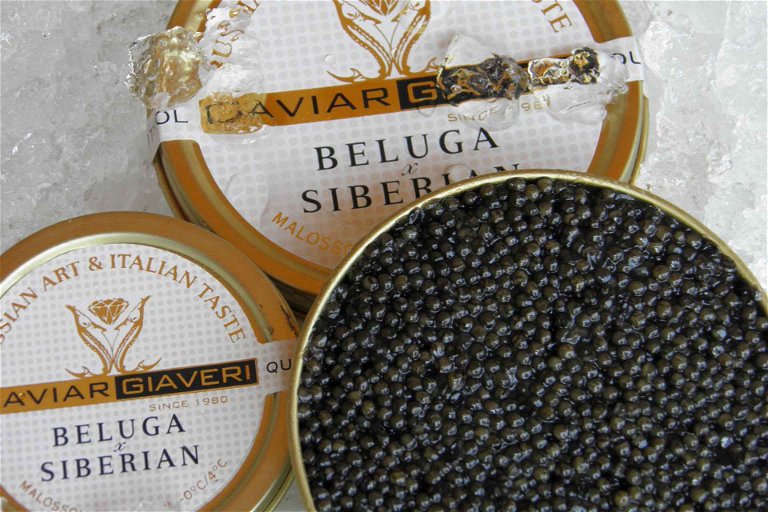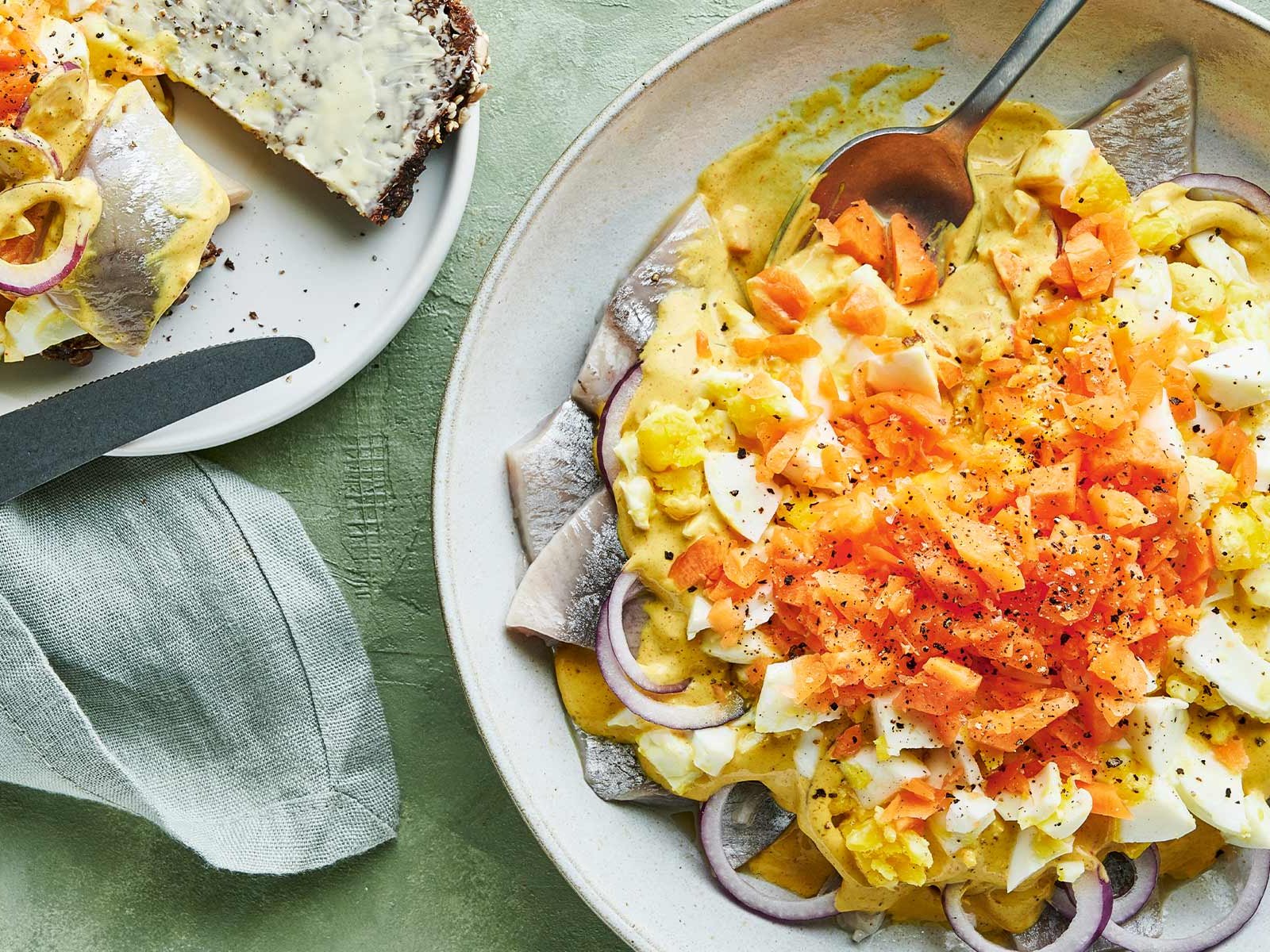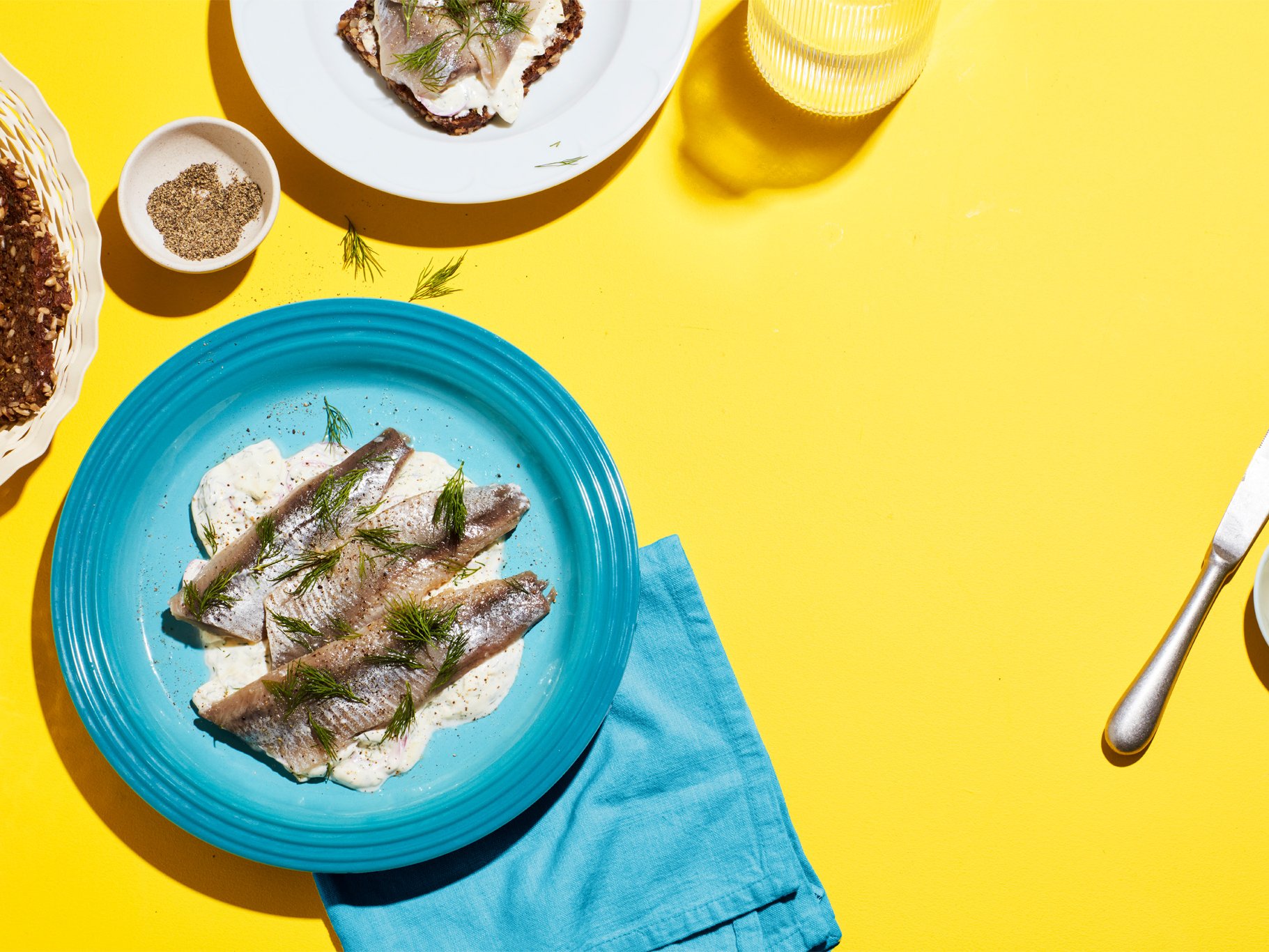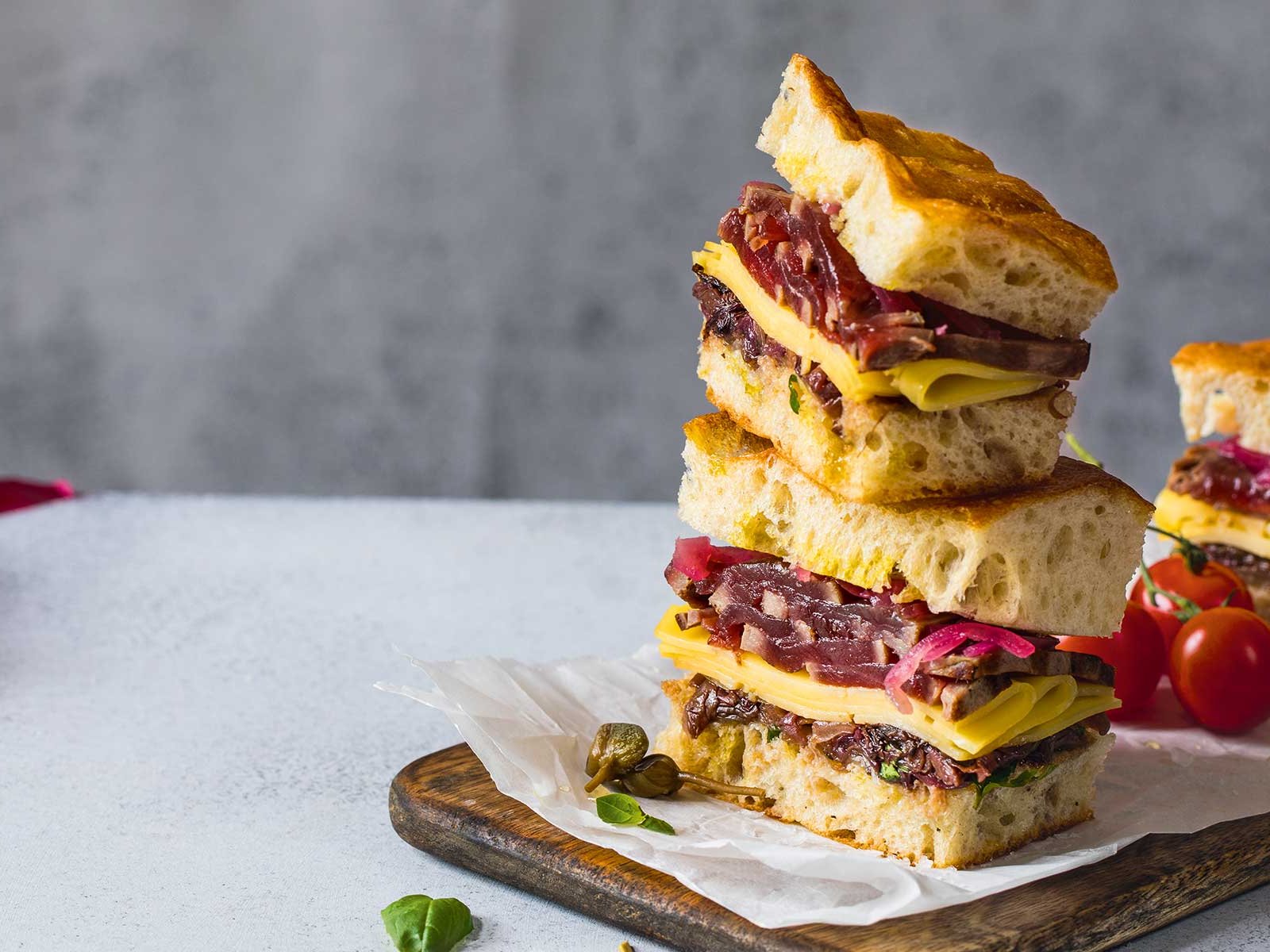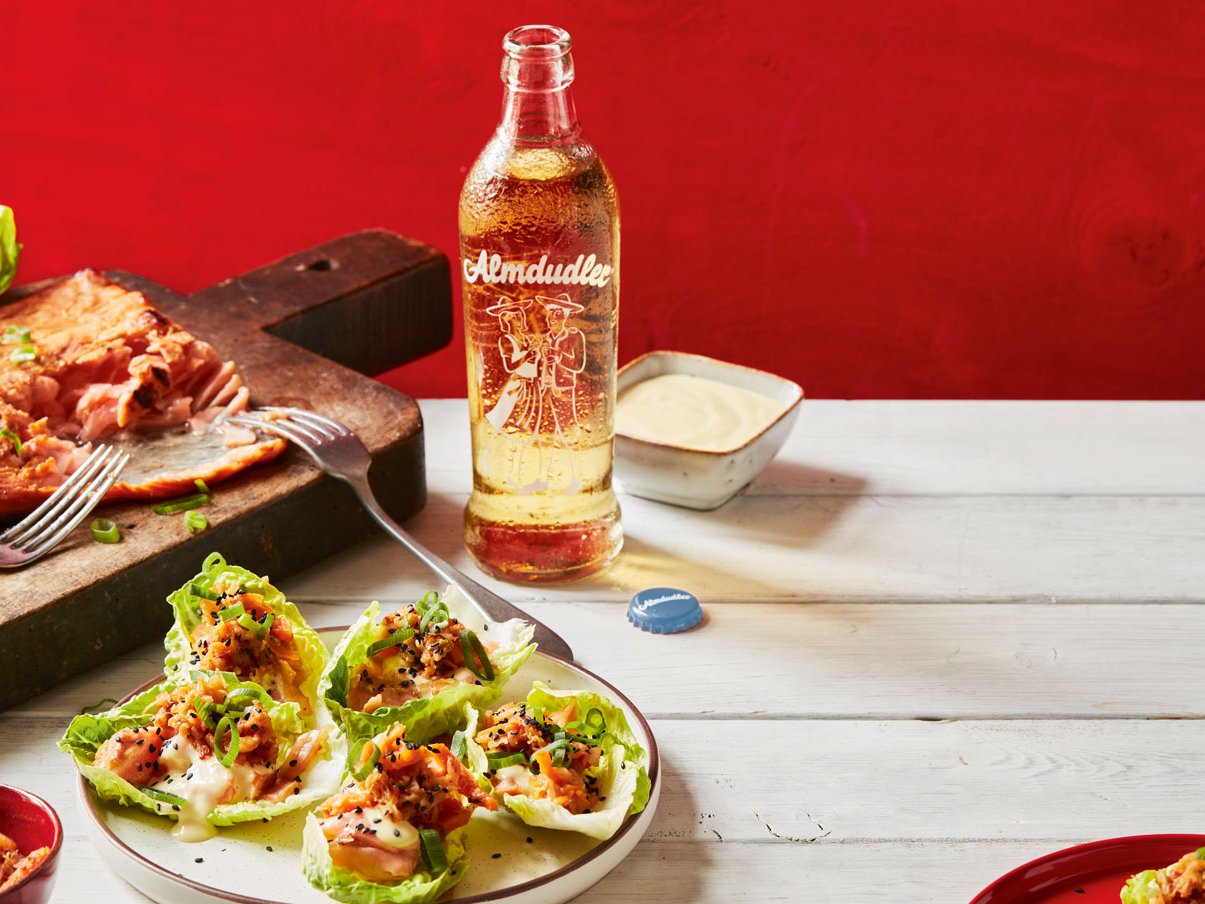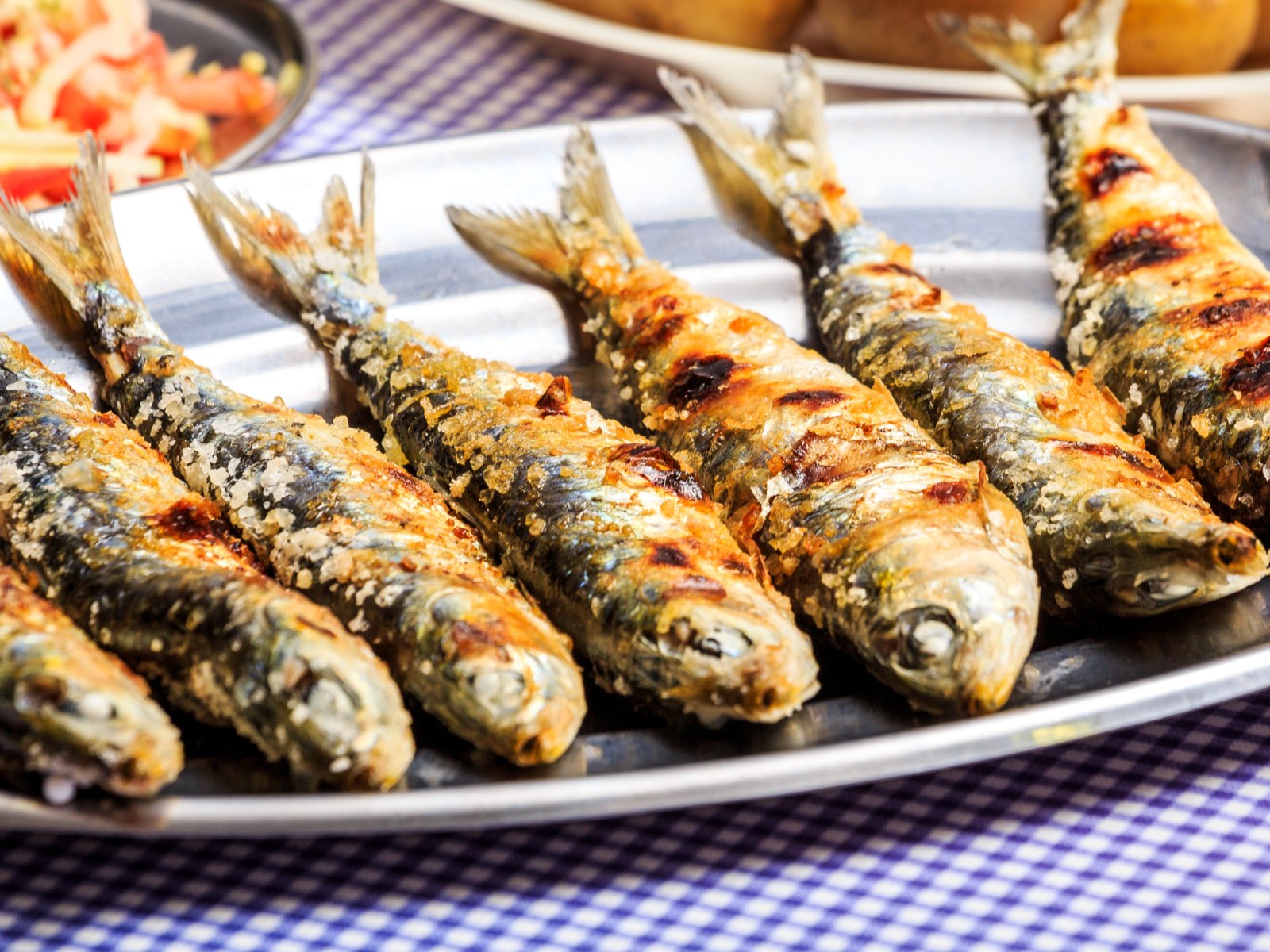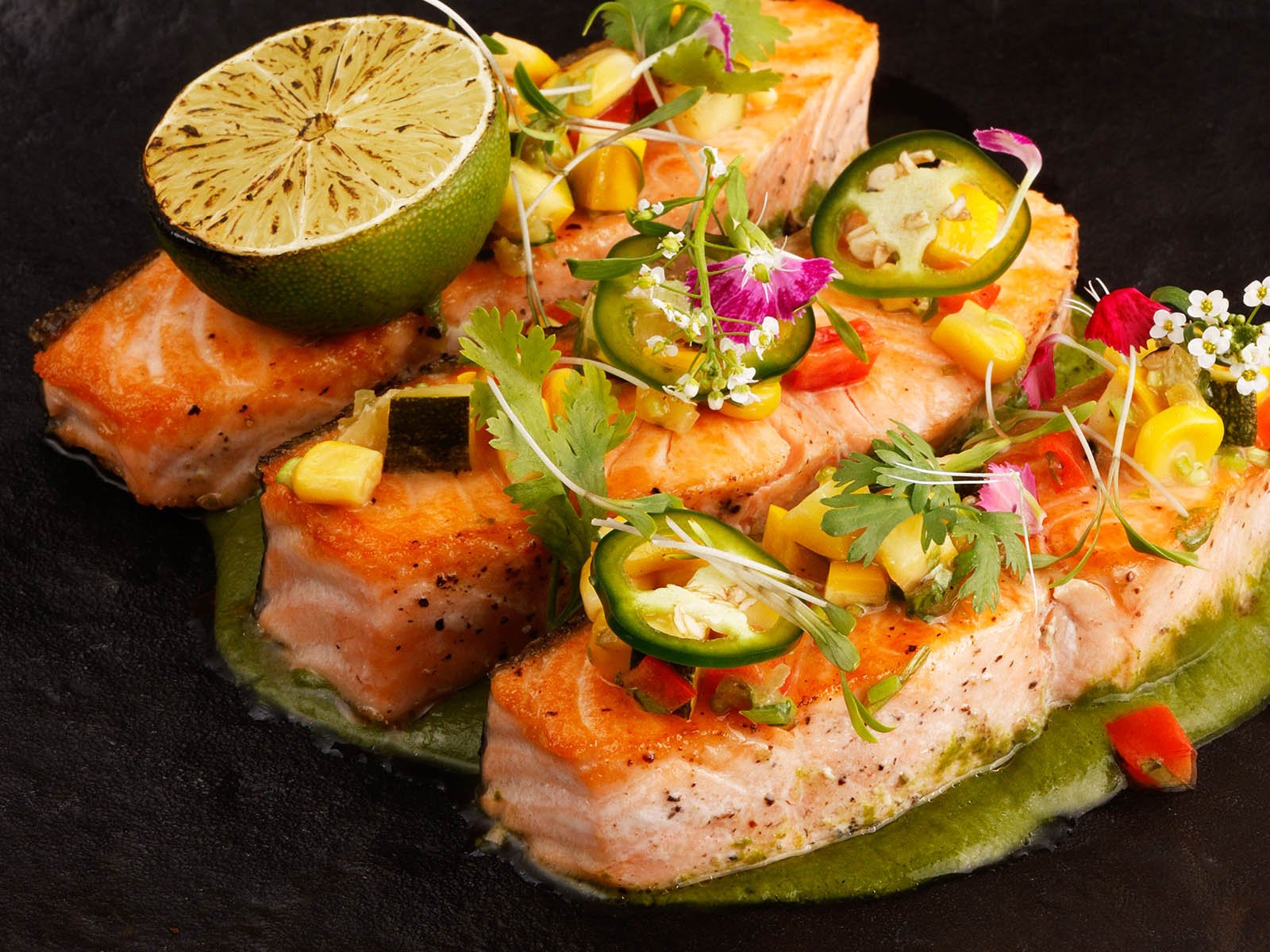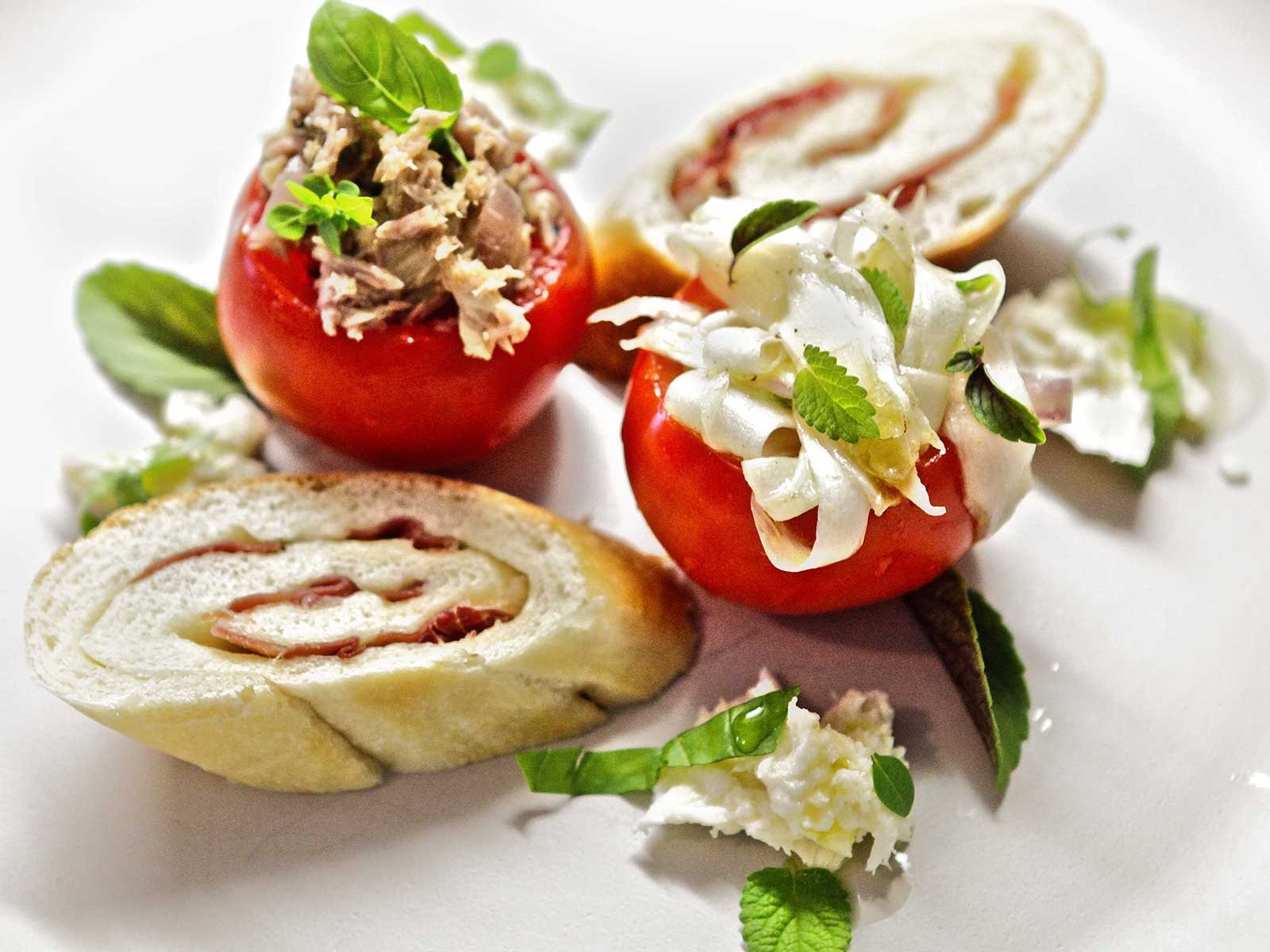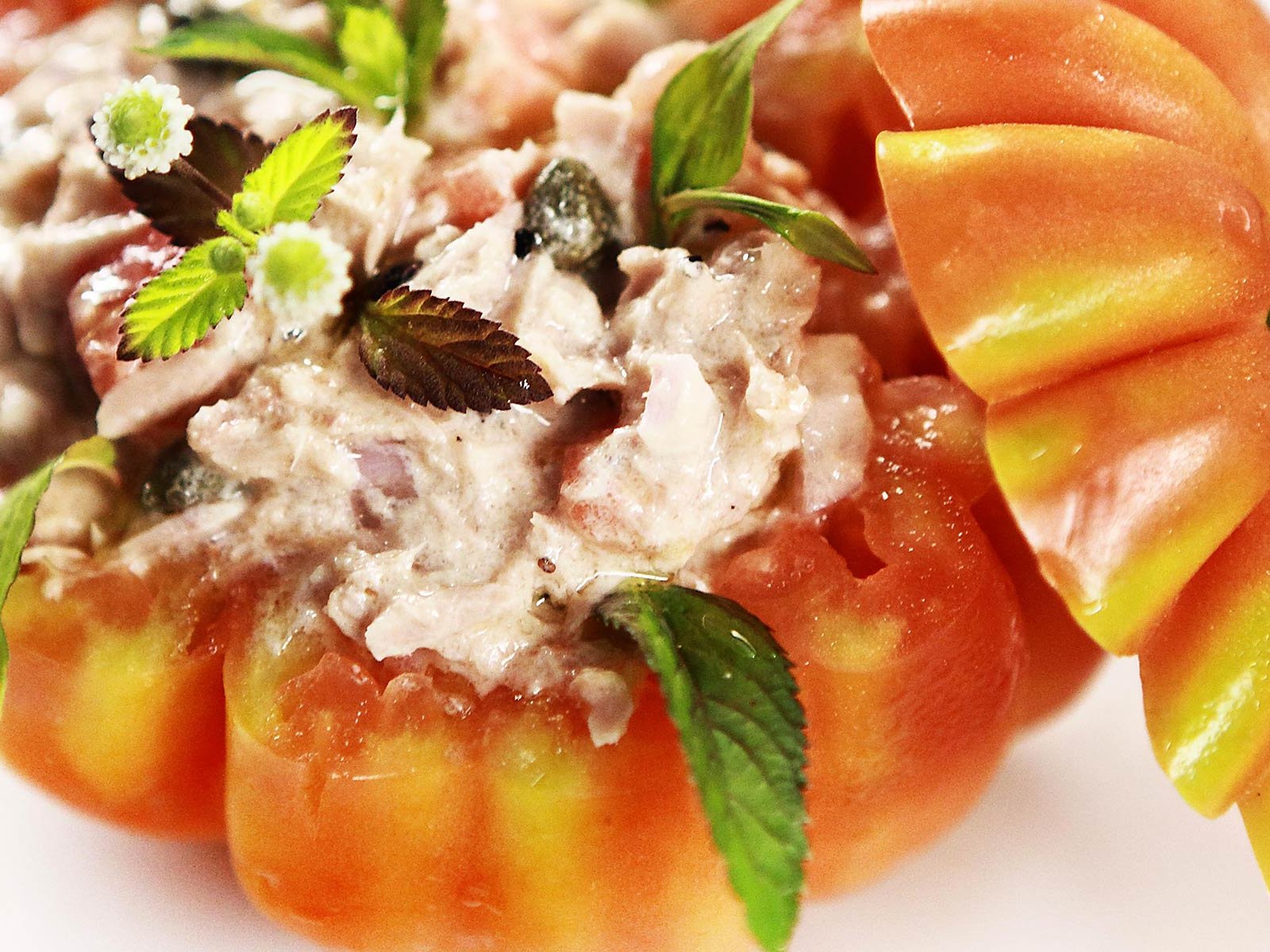Craving Caviar? Head to Italy!
Italy is Europe’s largest producer of caviar, second only to China and ahead of Russia. Here's all you need to know about these delicious fish eggs, known as 'black gold'.
Populations revived
Italy then become the world’s largest caviar producer and exporter, although in recent years it has been overtaken by China. While this might come as a surprise to many, Italians have actually been eating and producing caviar at least since the 16th century. In a book published in 1549, Cristoforo da Messisbugo, master of ceremonies of the House of Este in Ferrara, mentioned caviar and sturgeon among the dishes served at a banquet. Until the 20th century, the Po River was teeming with wild sturgeon.
Italy produced 55 tonnes of caviar in 2021, making up 33% of European and 16% of global production. Approximately 90% of the country’s caviar is exported. Italian sturgeon farms are concentrated in Lombardy and Veneto, two regions rich in high quality water, and there are four caviar producers in the country including Caviar Giaveri, Cru Caviar and Calvisius.
Sustainability is key
Caviar Giaveri has been producing caviar for third parties since the 1980s, until it started trading under its own name in 2009. The firm owns more than 10 hectares of farmland in the province of Treviso, close to Venice, and produces about 17 tonnes of caviar a year. It breeds ten species of sturgeon, including Beluga, Siberian and Osietra, with a focus on sustainability. It uses ample tanks suited to extensive farming which recreate a natural environment with pebbles and rocks. The water is taken from local springs and returned to the rivers after a mechanical filtration process. The sturgeon are mostly fed organically – the company is working towards organic certification for its caviar. The roe is selected by hand, while the salting process follows the Russian Malossol method which uses a low quantity of salt.

Historically, caviar instantly conjours up visions of luxury and Russia. While the first still holds true, the second has definitely changed. Caviar is the salt-cured roe of Acipenseridae, a family of 27 species of fish, more commonly known as sturgeon. Historically, caviar production was concentrated in the countries overlooking the Caspian Sea, including Iran and, most importantly of course, Russia.
Dwindling stocks from Tsars to Soviets
The Caspian Sea is home to Beluga, the sturgeon that provides the rarest and most expensive caviar. During the rule of Peter the Great in the 18th century, Russia became the world’s largest producer and exporter of caviar, transforming it into a symbol of elegance and aristocratic good taste.
Caspian sturgeon stocks dwindled during the 1990s, after the collapse of the Soviet Union, which caused the breakdown of existing management and control systems. Unsustainable harvesting of and illegal trade in sturgeon populations in the wild boomed and, as a consequence, in 1998 sturgeon was declared an endangered species and its international trade was regulated. Suddenly, international traders of Russian caviar found themselves without goods to sell, so they proposed sturgeon farming in France and Italy to produce caviar. In 2005, sturgeon fishing was finally banned, first in Russia and then in all Caspian countries.

Curing caviar
Once extracted from the belly of the female sturgeon, roes are washed, placed into a bowl and salted. They are then transferred to traditional blue tin boxes, containing 1.0-1.7kg of caviar for maturation, the process of the salt penetrating into the roe. For the first few days of maturation, the box is pressed and the roes release oils and liquids. After a few days, the box closes and vacuum-seals itself. During the first two months, the caviar has an almost imperceptible taste, and the roes are soft and delicate. After the second month, the caviar starts to develop a velvety and elegant taste. From the third month onwards, flavours are clearly developed and fragrant, and the caviar’s consistency is smooth.
Saline and delicate
While Russians notably consume caviar with blini, or small round pancakes, in Europe it is most commonly served with raw fish, sometimes even raw meat. Caviar is also synonymous with fine-dining. For example, in 1985, world-famous chef Gualtiero Marchesi created his spaghetti, caviar and chive salad, a famous dish that showcases caviar and glorifies its flavour. The most obvious and suitable wine pairing for caviar is Champagne or Italy’s Metodo Classico (traditional method) sparkling wines from Franciacorta, Trento, Oltrepò Pavese or the Langhe. The wine must be bone dry with good acidity, in order to prepare the palate for the saline and delicate taste of caviar. Salute!

